Fitted with nanoscale grippers, these microrobots offer new opportunities for imaging and manipulating single cells.
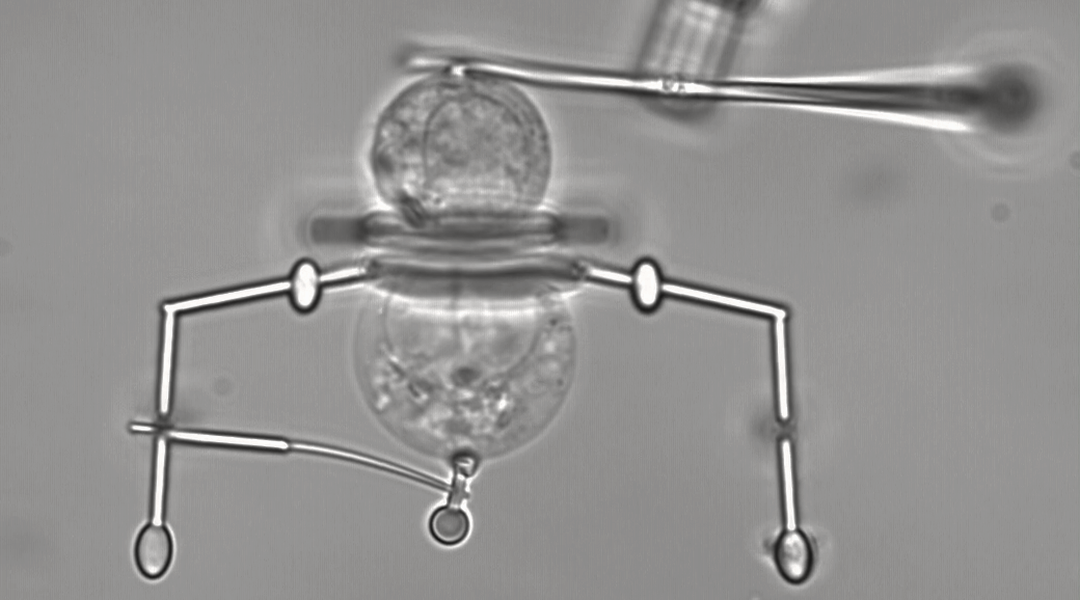

Fitted with nanoscale grippers, these microrobots offer new opportunities for imaging and manipulating single cells.
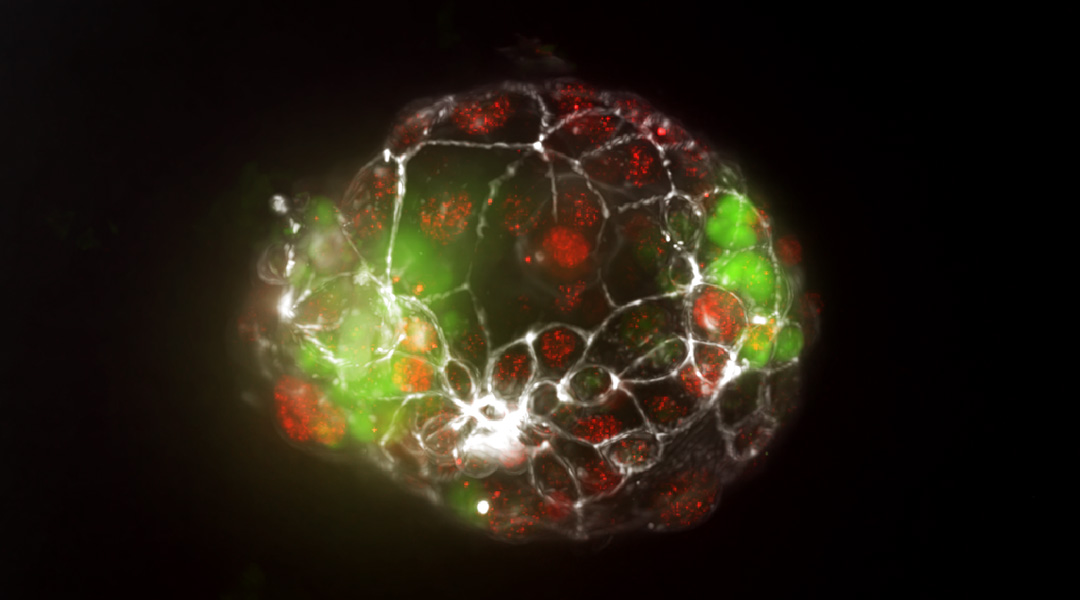
A new organ-on-a-chip model allows researchers to study the splitting of the embryo during pregnancy for the first time.
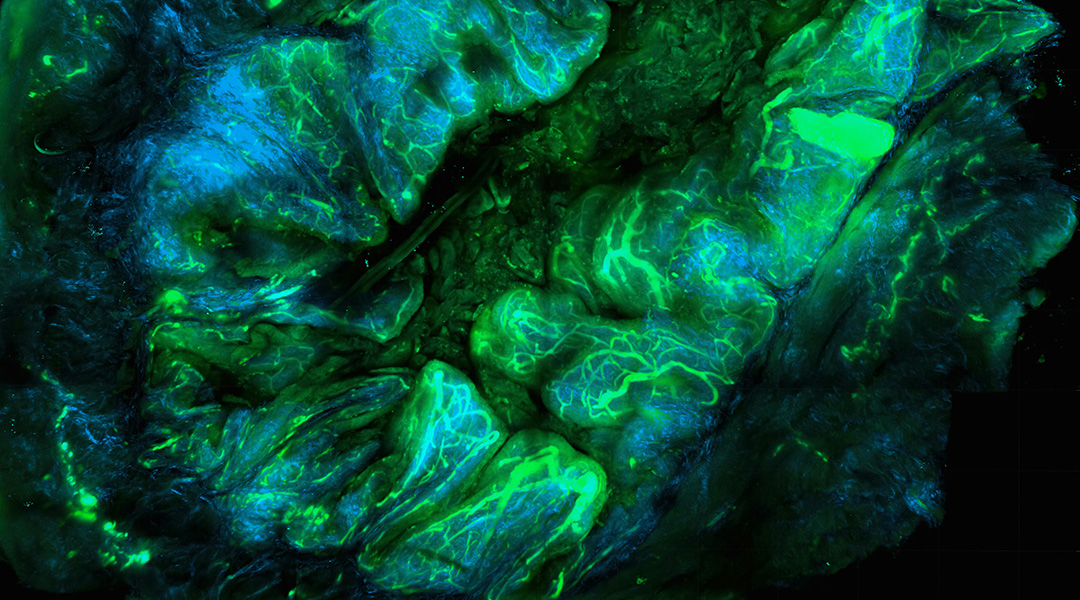
New probe system offers real-time protein mapping within living cells, unlocking insights into cellular function and disease mechanisms.
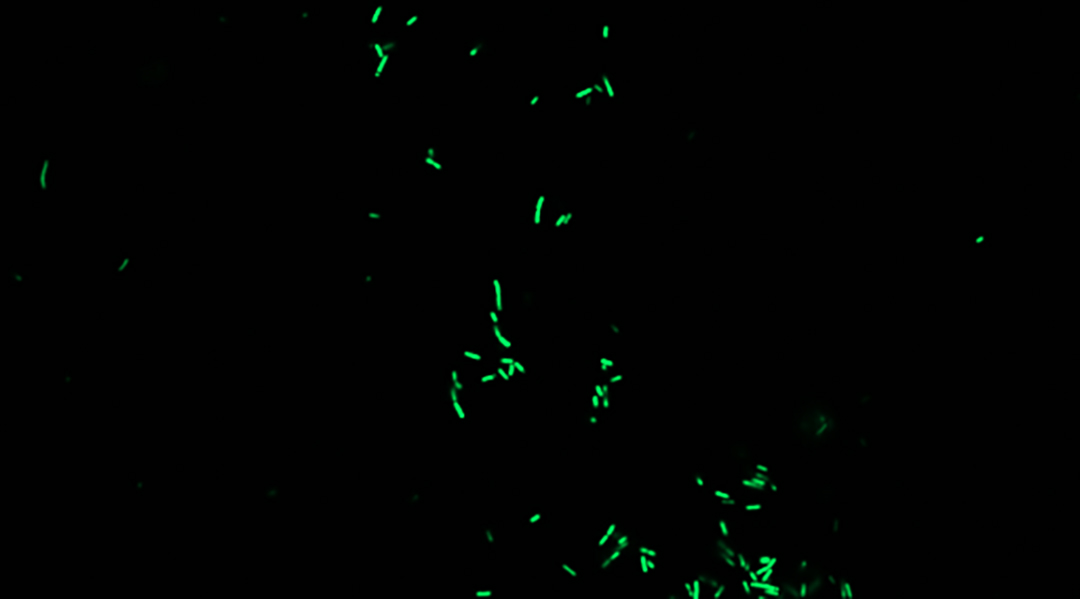
First living biosensor developed to study honeybee gut microbiome, providing insights into health and conservation.
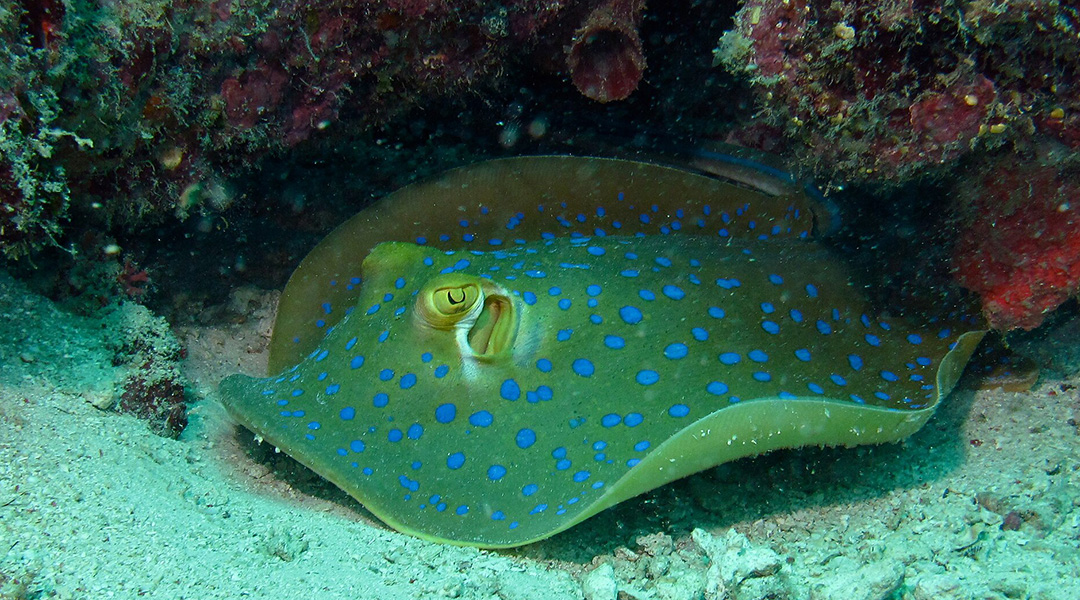
Dive into the mesmerizing world of sharks and rays, where vibrant blues emerge through never-before-seen structural colors.

The first link between biomolecule concentration in our cartilage and the progression of osteoarthritis opens new routes for treatment.
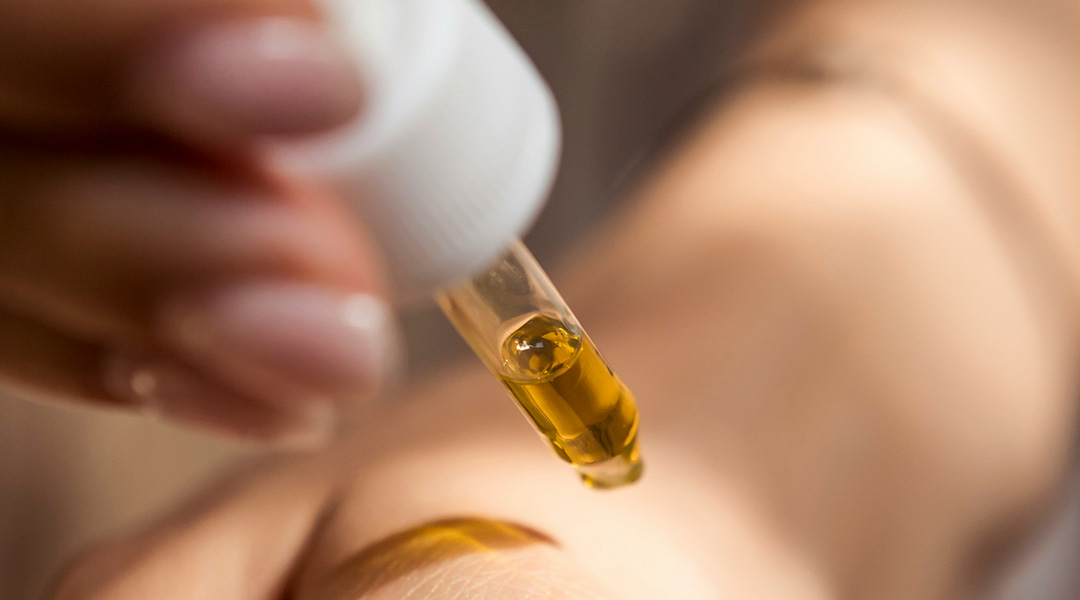
An active compound extracted from Angelica Acutiloba effectively eliminates harmful senescent cells in the dermis, with anti-aging benefits.
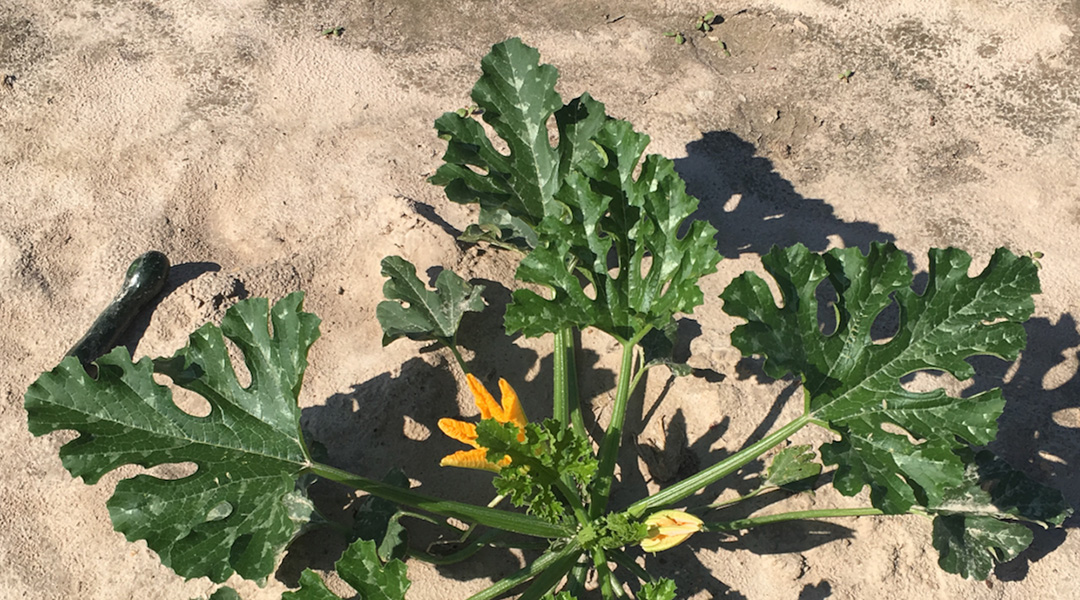
Squash plants send chemical warnings underground, empowering neighbors to resist insect attacks, providing insights into natural pest management.
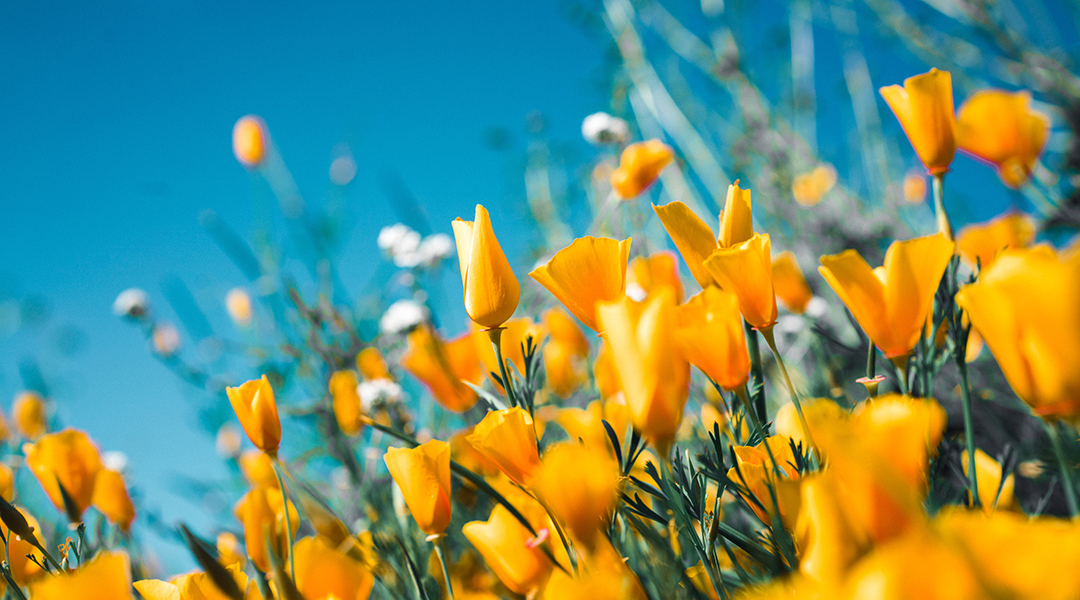
Scientists reveal a new mechanism by which plants chase the Sun and bend their primary stem to optimize light capture.
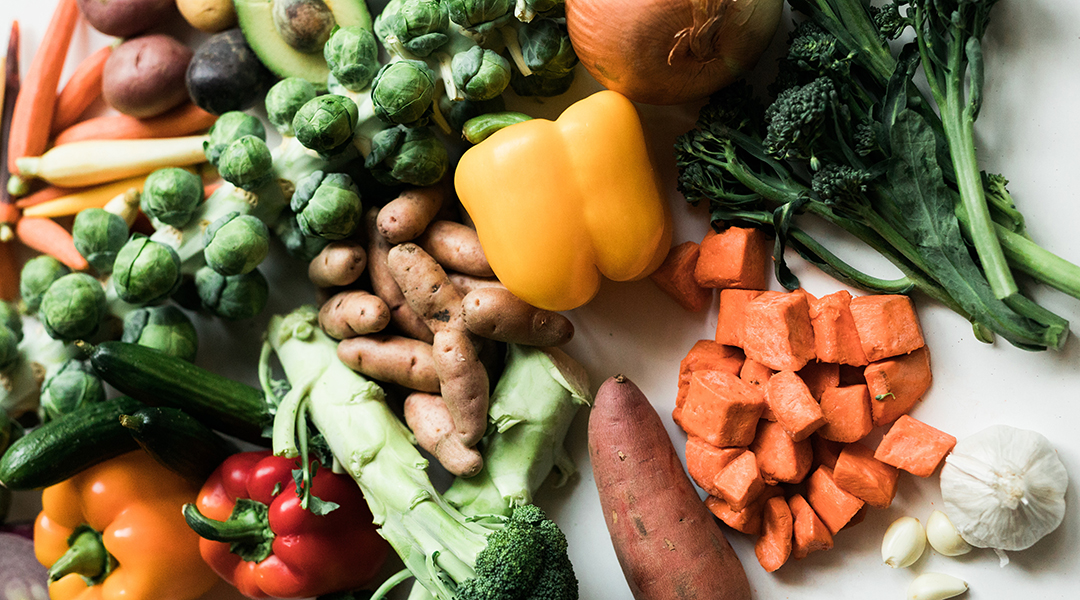
Vitamins play a much broader role than just promoting health, shaping and maintaining our unique biology over evolutionary timescales.